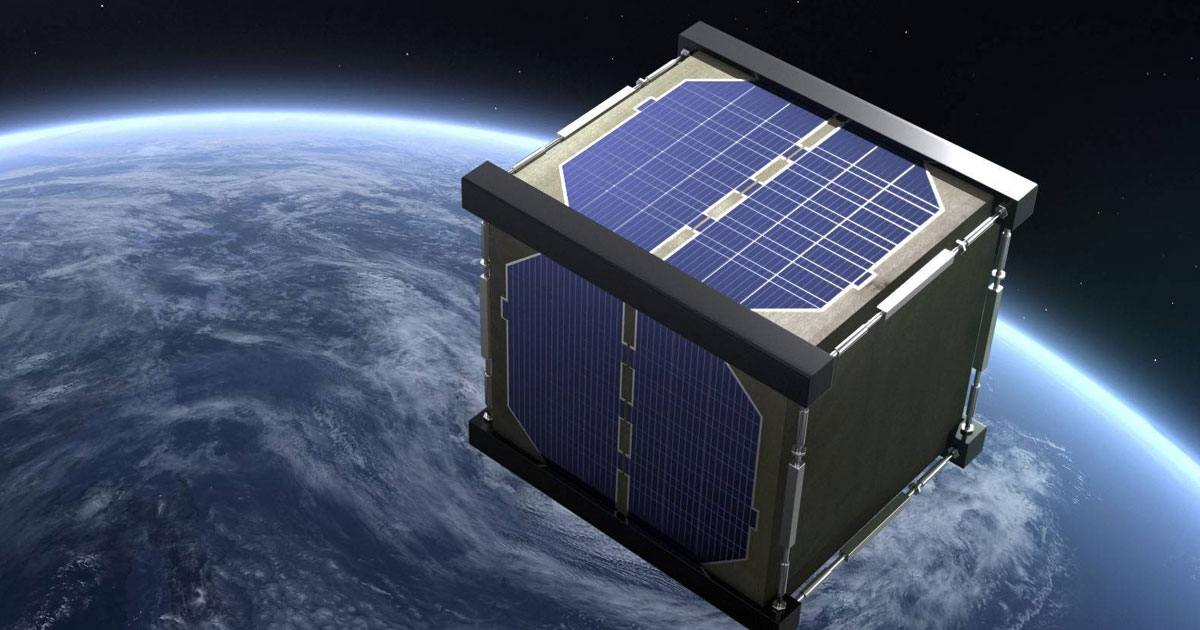Wood seems like a good choice for a satellite - it’s lightweight, easy to machine into different shapes, it’s cheap and readily available. It also doesn’t conduct heat as well as aluminum or steel, but I don’t know enough about building satellites to know if that’s a problem.
Less toxic when it burns up in the atmosphere at reentry.
Plus, it’s less likely to become space trash.
Why not?
How so?
Because it is less ductile and flexible than aluminum or titanium. It’s easier to decommission by burning it up in the atmosphere without leaving particles behind, and if it collides with another object, it’s more likely to be obliterated.
Not at all surprised this is coming out of Japan; they’ve been demonstrating for centuries that wood can be used in lieu of metal, often with superior results.
This is the best summary I could come up with:
A team of researchers at Kyoto University has been hard at work on a satellite made of wood — and they say it’s now scheduled to launch into space next summer in a joint mission between Japan’s JAXS space agency and NASA.
“When you use wood on Earth, you have the problems of burning, rotting, and deformation, but in space, you don’t have those problems: there is no oxygen in space, so it doesn’t burn, and no living creatures live in them, so they don’t rot,” Koji Murata, a Kyoto University researcher who’s been working on the project, told CNN.
It’s also roughly as strong per weight as aluminum, according to Murata, and can readily burn up in the atmosphere once decommissioned.
Murata and his team’s satellite, dubbed LignoSat, is constructed out of magnolia wood and set to be launched into space as part of JAXA’s J-Cube Program, a microsatellite initiative promoting up-and-coming space technologies.
“We don’t know to what extent the satellite can withstand this intense, repeated cycle of temperature difference, so this has to be investigated,” he added.
In addition to being more “environmentally friendly,” the researchers have speculated that wood could be a compelling choice for spacecraft interiors to protect astronauts from harmful radiation.
The original article contains 342 words, the summary contains 207 words. Saved 39%. I’m a bot and I’m open source!
It’s funny that they threw in the “environmentally friendly” angle. Nothing about building and launching rockets is environmentally friendly.
At this point it’s essentially a necessity to launch rockets, we need to get up there eventually, so yeah why not making it as environmentally friendly as possible?



